Panasonic has announced three Leica DG Vario-Elmarit lenses at Photokina 2016. With both the Leica 12-60 f/2.8-4 and Leica 8-18 f/2.8-4 released last year and the Photokina 2018 is only few months away, the last of these three lenses has finally arrived. This is the Panasonic Leica DG Vario-Elmarit 50-200mm f/2.8-4.0 ASPH.
After spending about three weeks doing a lot of real world testing and just taking lots of photos with this lens, here comes my review of this Leica telephoto lens.
Build Quality and Operation
The weatherproof lens is mostly made of metal and it feels very solid. The zoom ring / action is very smooth and the lens extends when you zoom in. The small focus ring at the front of the lens is also very smooth but I doubt anyone would manual focus as autofocus is lightning fast, quiet and accurate when used with the Panasonic G9. The Leica 50-200’s autofocus also appears to be parfocal as well. I’ve also tried the lens on an Olympus EM1 Mk2 and the good news is autofocus speed and performance appears to be only marginally slower. I said marginally slower but the difference is really very small.
There are two switches on the lens. One for switching between manual and autofocus and one for turn on/off the The lens comes with a plastic reversible lens hood which can be installed and removed easily.
Overall the lens feel great and premium and the build quality of the Leica 50-200 is absolutely fantastic.
Maximum Aperture
Just like the other two Leica zoom lenses ( Panasonic Leica DG Vario-Elmarit 12-60mm f/2.8-4 ASPH and Panasonic Leica DG Vario-Elmarit 8-18mm f/2.8-4 ASPH), the Leica 50-200 is also a non-constant aperture zoom lens and the maximum aperture starts from f/2.8 at the wide angle to f/4 near its telephoto end. The following chart shows you the maximum aperture at various focal length.
Unlike a lot of zoom lenses which it’s maximum aperture increase sharply once you zoom out from it’s widest angle, the maximum aperture for the Leica 50-200 increases slowly as you zoom out and the f/4 maximum aperture is reached at about 180mm.
Image Sharpness
With both the 8-18 and 12-60 delivers excellent image quality, I had really high expectation with the Leica 50-200 f/2.8-4 lens. Fortunately it didn’t disappoint me at all. The Leica 50-200 lens delivers excellent sharpness through out the whole focal length. From centre to corners, the image sharpness remains high to excellent even at maximum aperture. Definitely one of the sharpest telephoto zoom lens I’ve ever tested.
With the release of this Leica 50-200mm lens, there are now three Leica telephoto lens which covers similar focal range: Leica 50-200 f/2.8-4, Leica 100-400mm f/4-6.3 and Leica 200mm f/2.8 To see how sharp the Leica 50-200 is when compared with the other two lenses, I shot a number of comparison photos on the Leica 50-200, Leica 100-400 and also the Leica 200mm lens. I’ve also used the optional 1.4x and 2x teleconverter so you can see how it performs when 400mm equivalent focal length is not enough.
First, let’s look at the photos I shot at 200mm. (Click on the image to see the sample at full size)
At 200mm, when you look at the centre, all the three lenses are all very sharp even at their maximum aperture. I would say the Leica 200mm is slightly sharper than the 50-200 and 100-400 but the difference is really tiny that it probably doesn’t matter when shooting real life photos.
When we look at the corners, the Leica 50-200 and the Leica 200mm are pretty much neck and neck when it comes to sharpness. The Leica 100-400 is quite a bit softer in comparison even when you stop down to f/8.
Next, I attached the 1.4X teleconverter to the Leica 50-200mm lens and the Leica 200mm lens which gives me 280mm, and I compared them with the Leica 100-400 at 300mm.
Looking at the centre, at first all the three lenses look very similar and they are all pretty sharp. But after looking a bit closer and longer, I can see the Leica 50-200mm with 1.4X TC is slightly sharper than the Leica 100-400mm. While the Leica 200mm with 1.4x TC is sharpest lens out of the three.
Comparing the corners, the Leica 200mm is also the sharpest out of the three with the Leica 50-200mm only marginally softer. The Leica 100-400mm @ 300mm is definitely not as sharp as the other two lenses.
For the last comparison, I’ve attached the 2x teleconverter to the Leica 50-200mm @ 200mm and the Leica 200mm lenses and compare them with the Leica 100-400mm @ 400mm.
At 400mm which is 800mm 35mm equivalent focal length, centre sharpness is decent for all the three lenses. The Leica 50-200 impressed me the most as it’s centre sharpness is already quite sharp at f/8, which is it’s maximum aperture with a 2x teleconverter attached to it.
When you examine the corners, the Leica 100-400 surprisingly output very sharp photos while the Leica 50-200 (with the 2X TC) is slightly softer than the Leica 100-400. The Leica 200mm with the 2X TC is still the sharpest lens out of the three. But I would say all the three lenses deliver satisfactorily image sharpness at 400mm.
Bokeh
With any telephoto lens, it’s easy to create photos with shallow depth of field and how the out of focus area (bokeh) is rendered is quite important. So let’s have a look at what the bokeh from the Leica 50-200mm looks like.
Bokeh is really round and smooth at maximum aperture f/4 and also f/5.6. There is a little bit of halo and also a little bit of onion ring but none of them is too distracting. At f/8, the bokeh starting to turn into a polygon but bokeh still looks quite pleasant.
There is also a little bit of swirly bokeh near the edges but nothing too usual.
Lens flare
Lens flare is really well controlled. The first two weeks I was testing the lens I didn’t have the supplied lens hood, even then lens flare was never really an issue.
I know it’s a pretty crappy photo. But usually when I shot into a spotlight at night, I expect a lot worse lens flare than this
Image Stabilisation
The Leica 50-200 has power OIS and it supports Dual I.S. 2 when used on the Panasonic Lumix G9. With the Dual I.S. 2, the image stabilisation is pretty amazing. I could easily take handheld photos at ridiculously slow shutter speed and get perfectly sharp photos, like the photo below.
Vignetting
Next, let’s have a look at vignetting. At 50mm, there is a bit of vignetting at f/2.8 but it’s not too serious. At f/4 the vignetting becomes a lot better and from f/5.6 it is virtually unnoticeable.
At 200mm, again you can see a bit of vignetting at maximum aperture f/4 but from f/5.6 onwards there is virtually no vignetting. With the 1.4x TC and 2.0x TC attached, you can’t really see any vignetting even when shooting at maximum aperture.
Conclusions
The Leica DG Vario-Elmarit 50-200mm f/2.8-4.0 ASPH is another solid lens added to the micro four thirds line up. You may notice I haven’t complain about anything in this review, and it’s because almost everything about this lens is fantastic. From build quality, to image quality, to autofocus speed. And with the 100-400mm equivalent focal length and reasonably small size, it’s a great telephoto lens you can take it with you when you are travelling. If I want to travel without carrying too many lenses, I can pretty much just carry the Leica 12-60mm and this 50-200mm lens and these two lenses together would cover pretty much all the usual photos I would take.
The lens also works exceptionally well with the optional 1.4x and 2.0x teleconverter and that gives you up to 800mm focal range and still can comfortably fit inside any small camera bag and I would be happy to carry with me whole day. And amazingly, even with the 2X TC, the image quality and autofocus performance is still pretty decent when you pair it with one of the latest micro four third body like the Panasonic Lumix G9.
Price is the only thing that would potentially stop you from buying one because it is not a cheap lens at all. But frankly there are really more than enough reasons that makes you to take out your credit card and bring a Leica 50-200 f/2.8-4 lens home.
With this Leica DG Vario-Elmarit 50-200mm f/2.8-4.0 ASPH lens, Panasonic has successfully created three awesome lenses that would make many micro four thirds user happy.
It makes me wonder what lens will Panasonic work on next? The micro four thirds lens lineup is really so complete it’s hard to think what they could work on next. Let’s see if we will find out at Photokina 2018 this September!
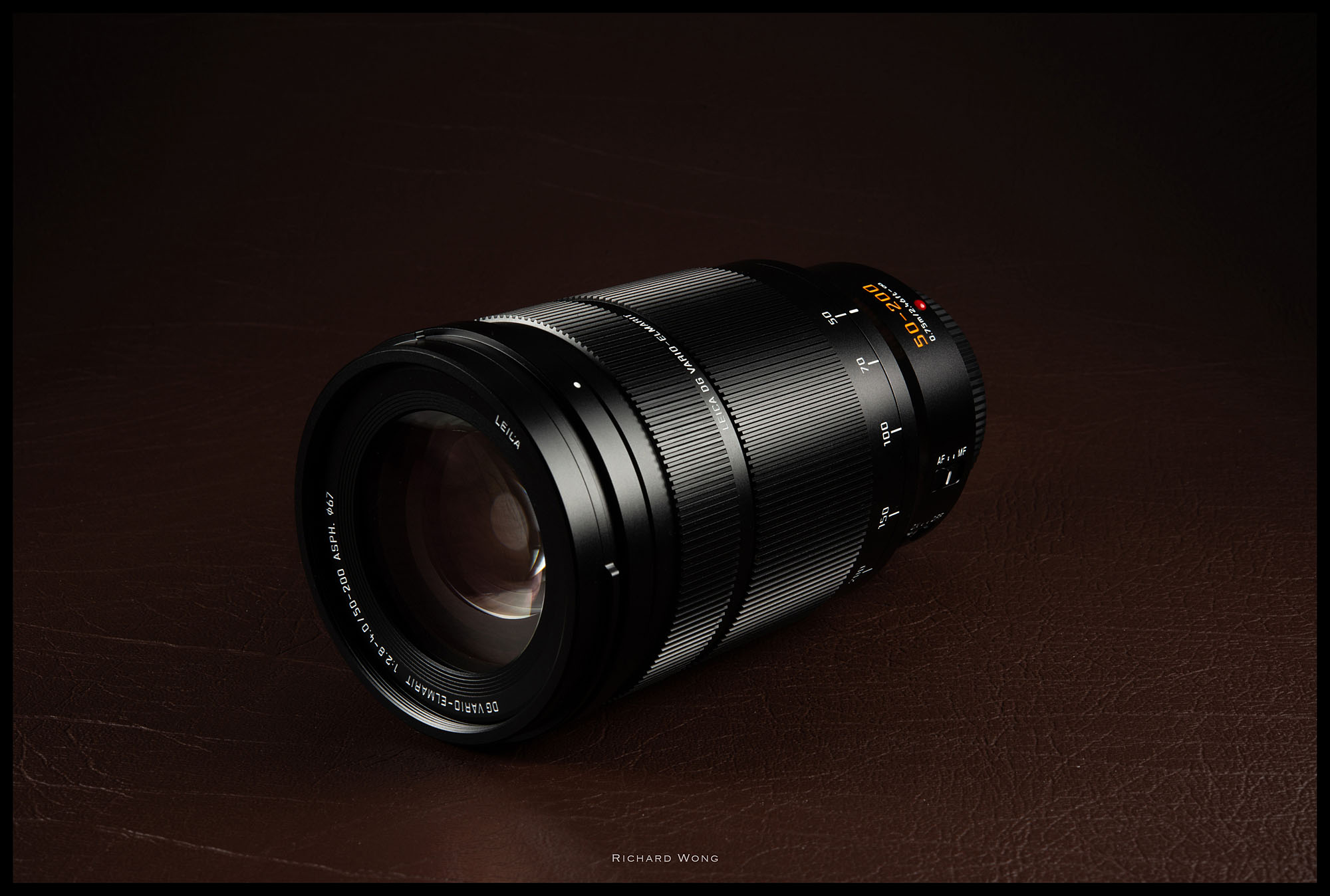
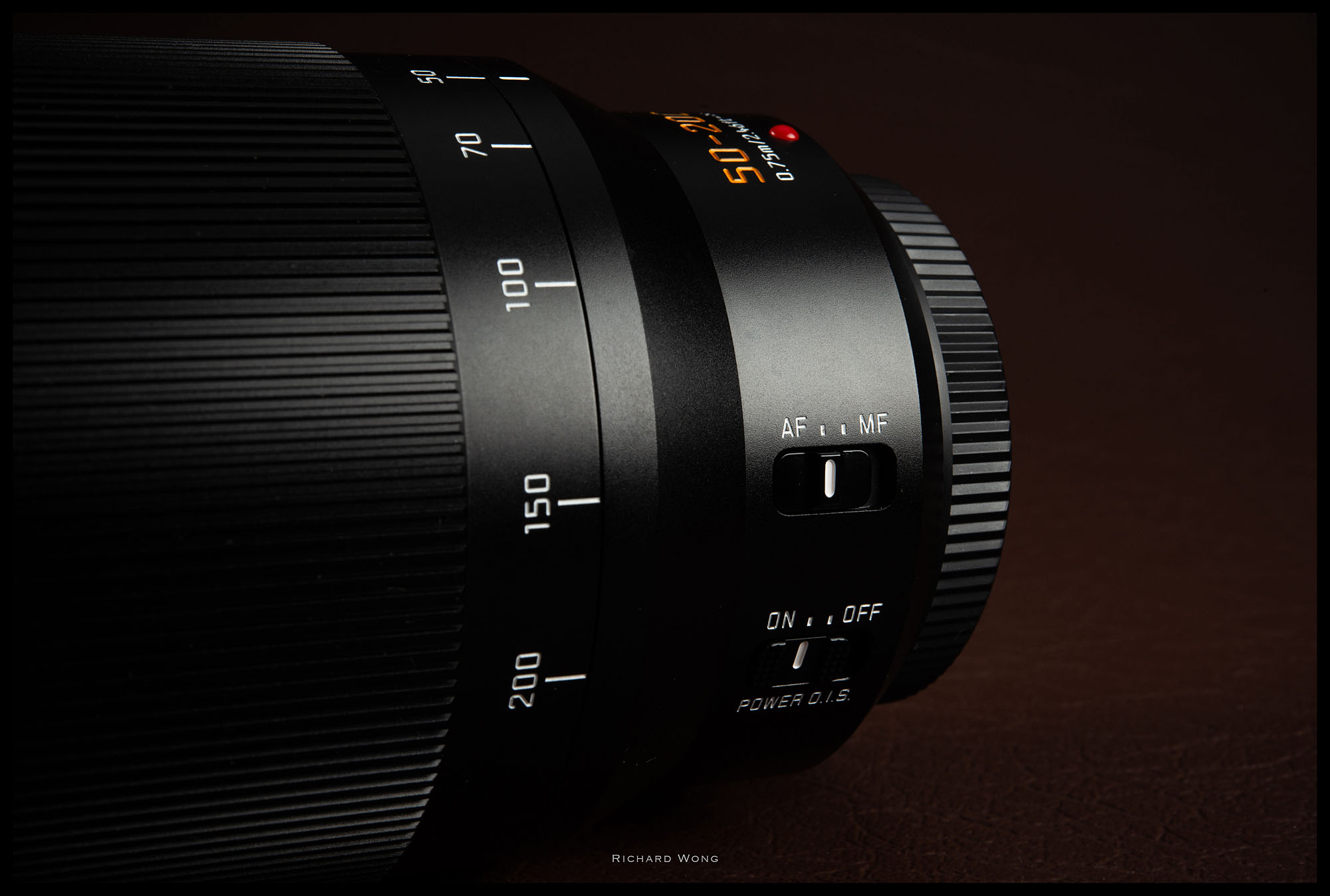
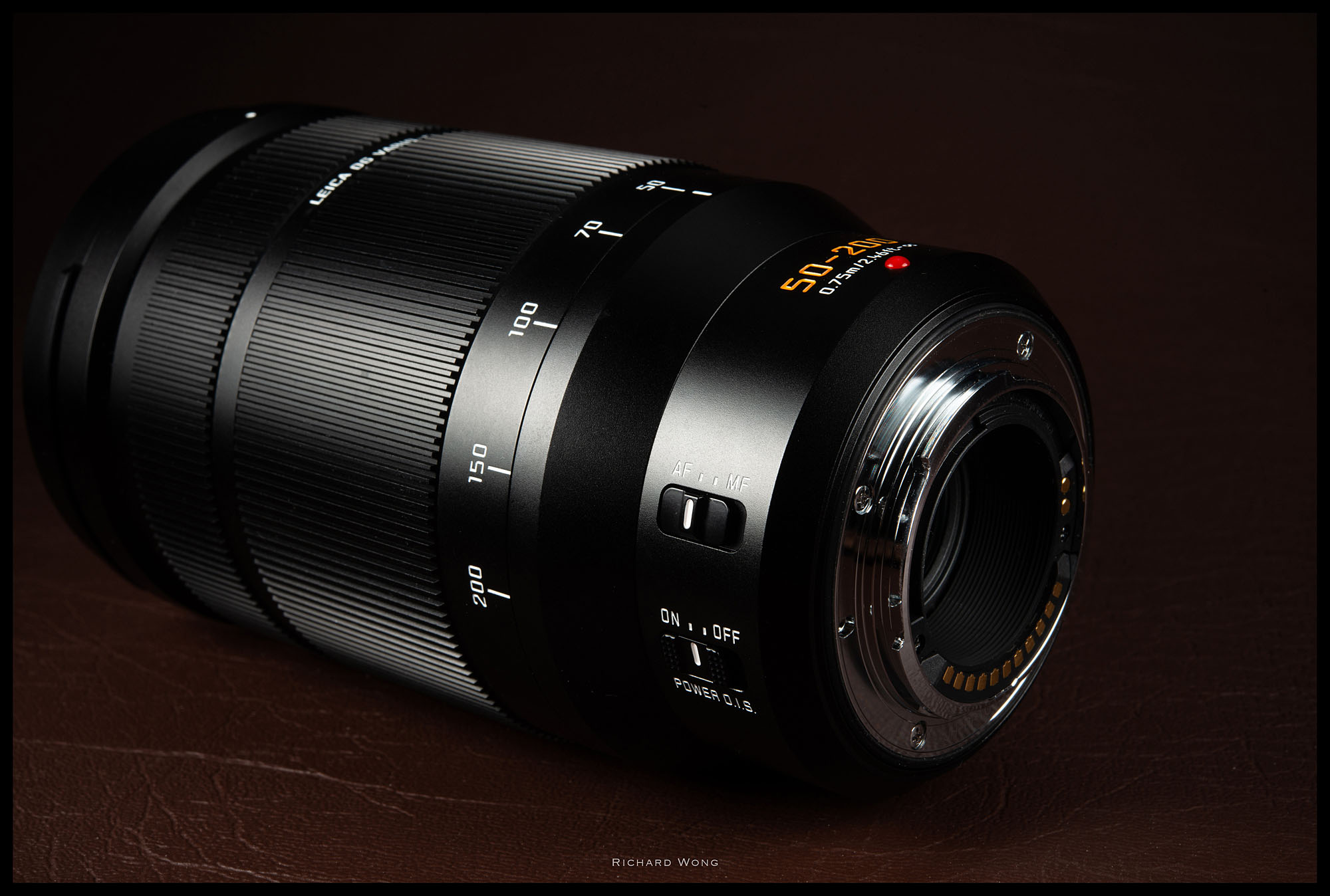

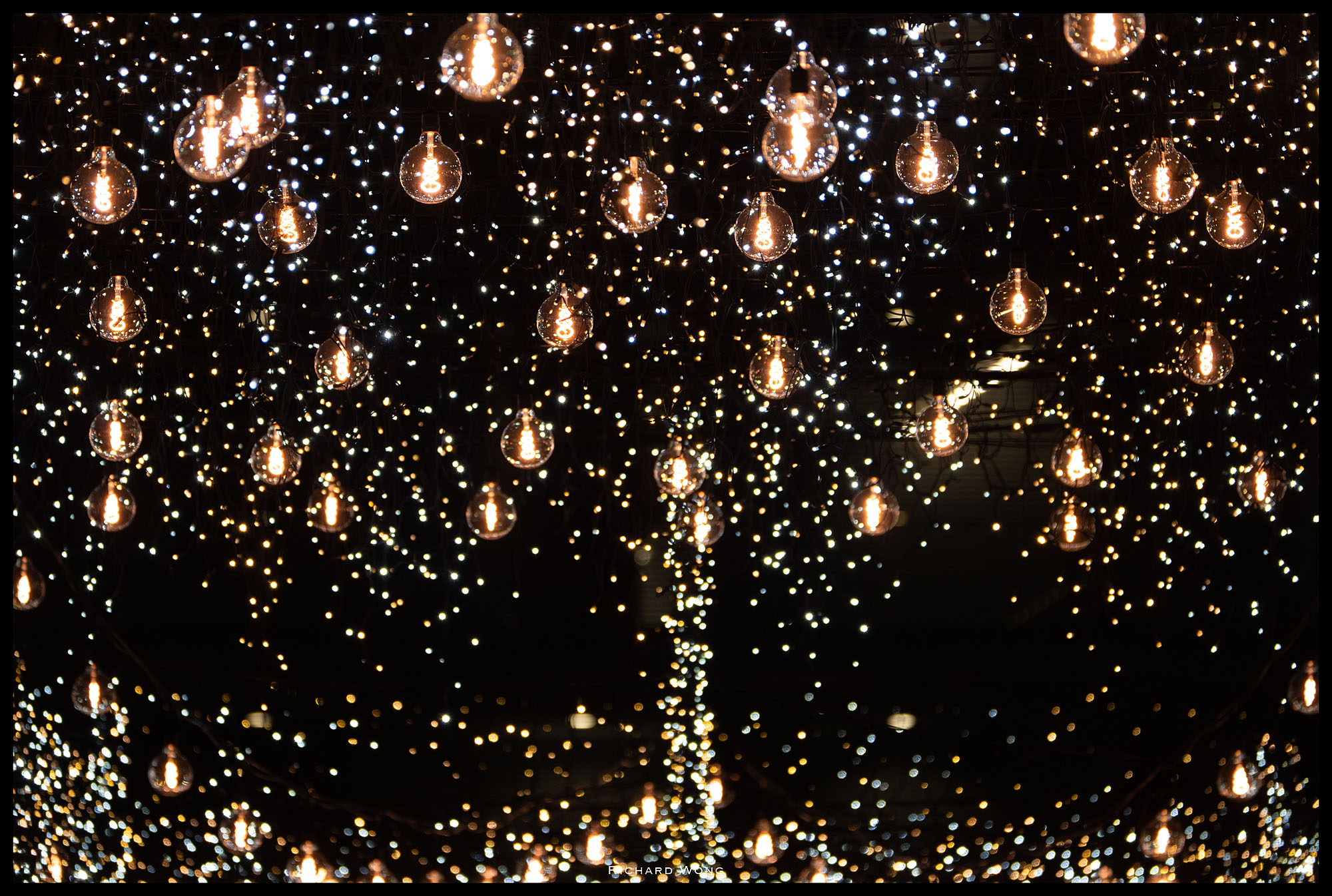
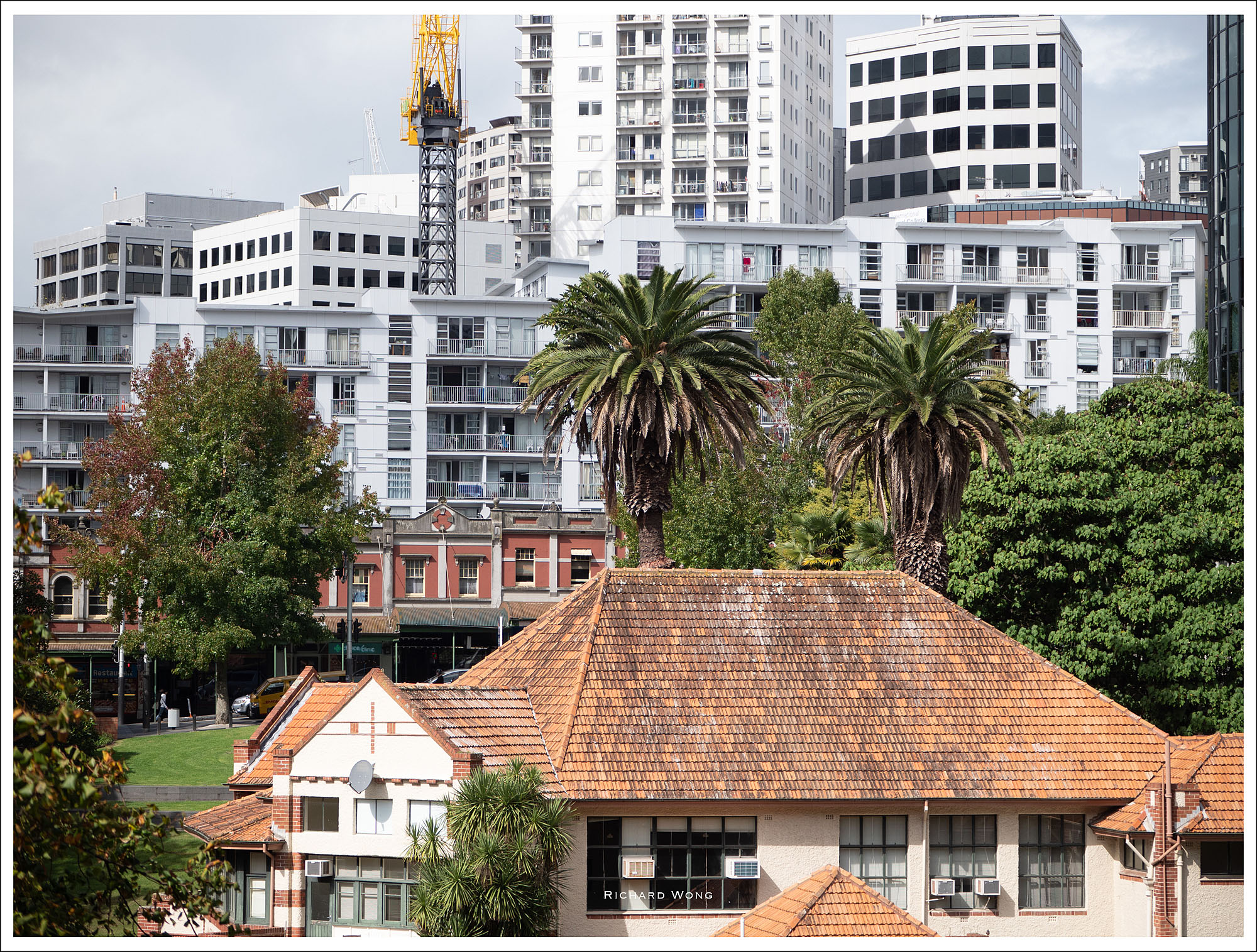
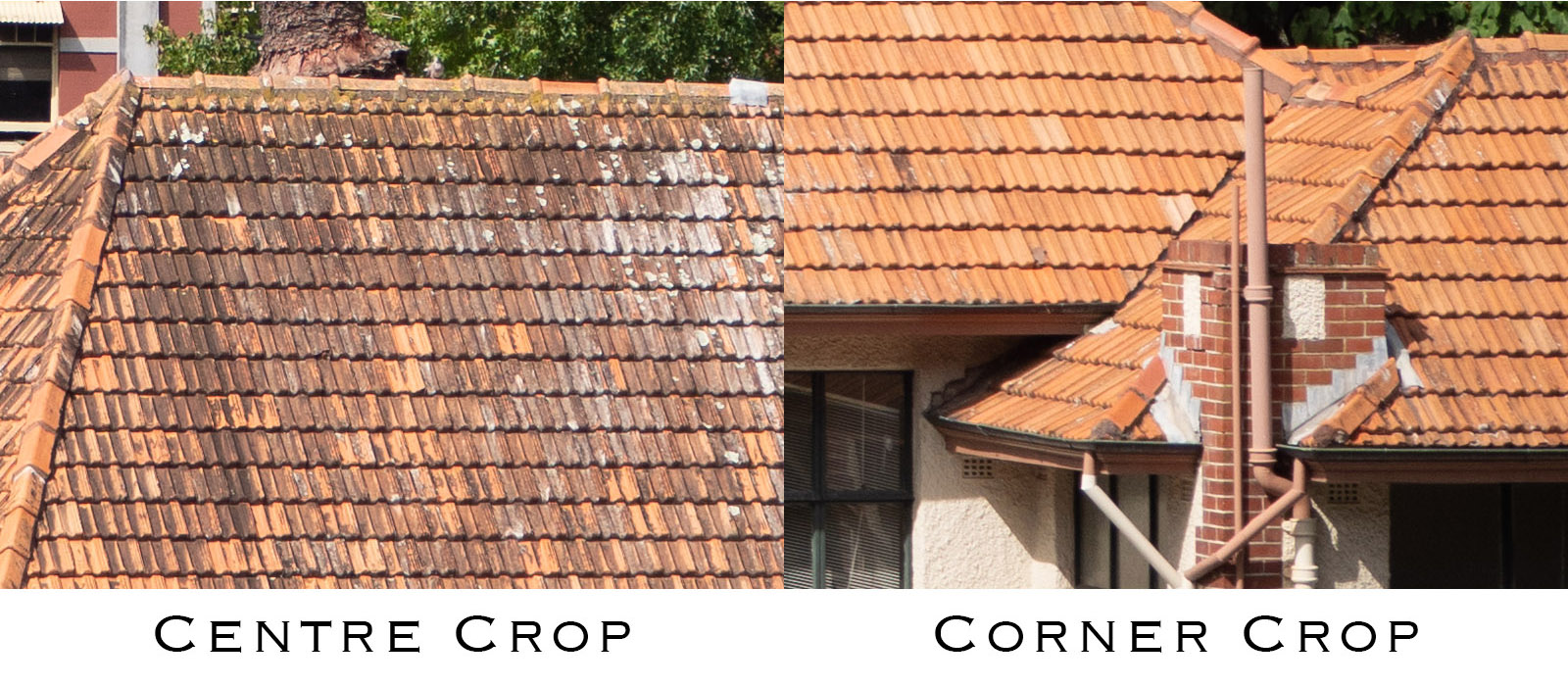
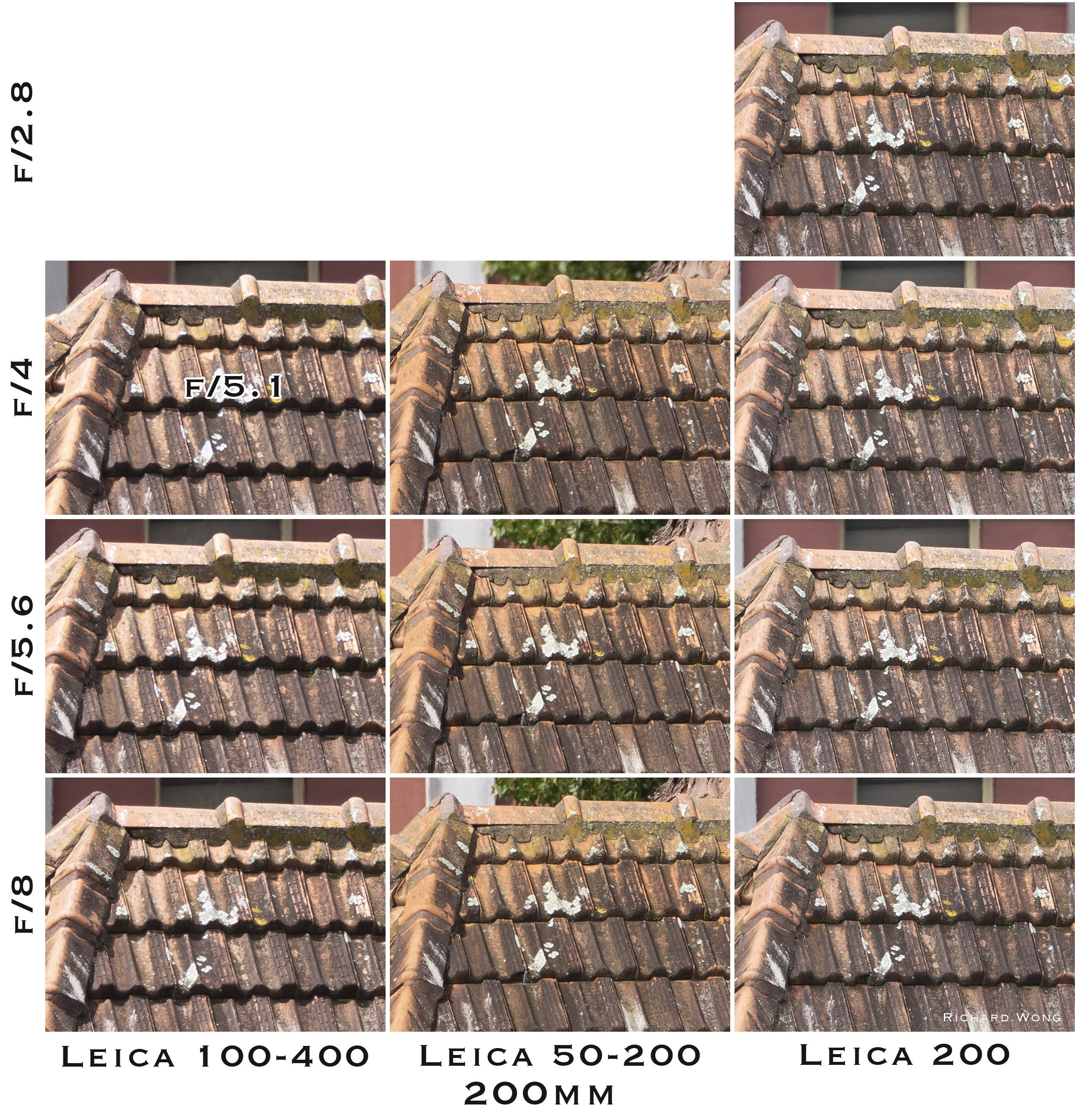
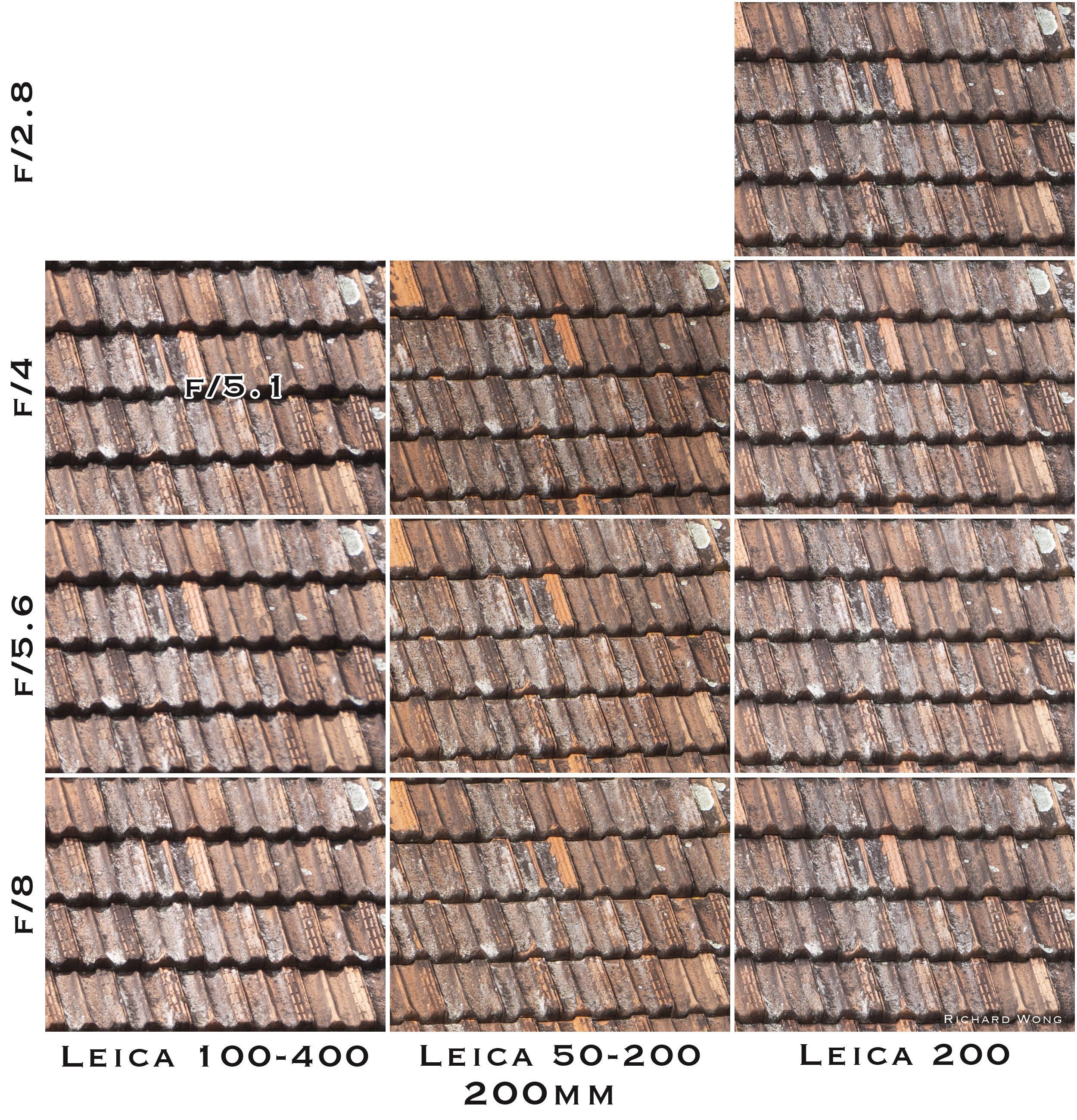
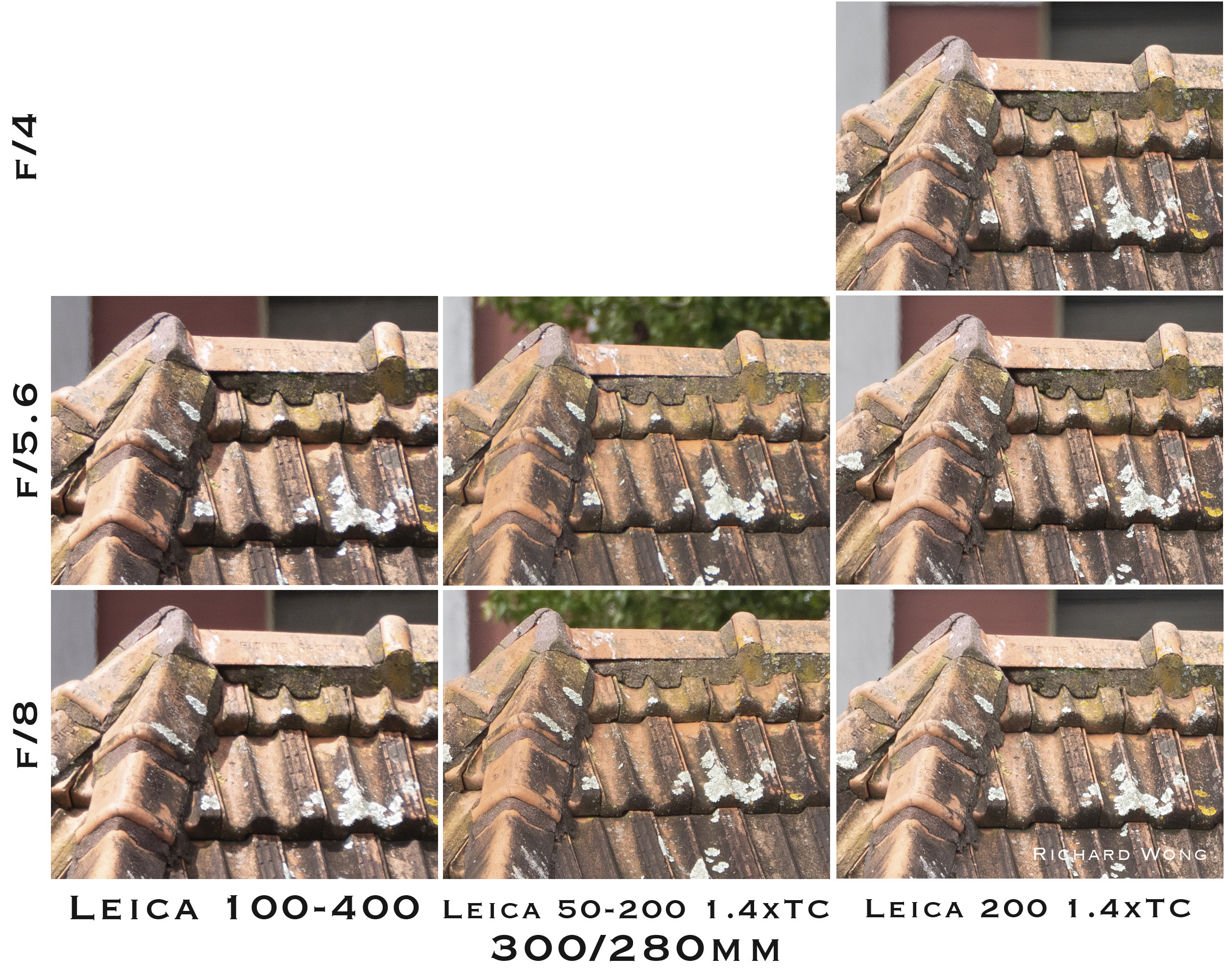
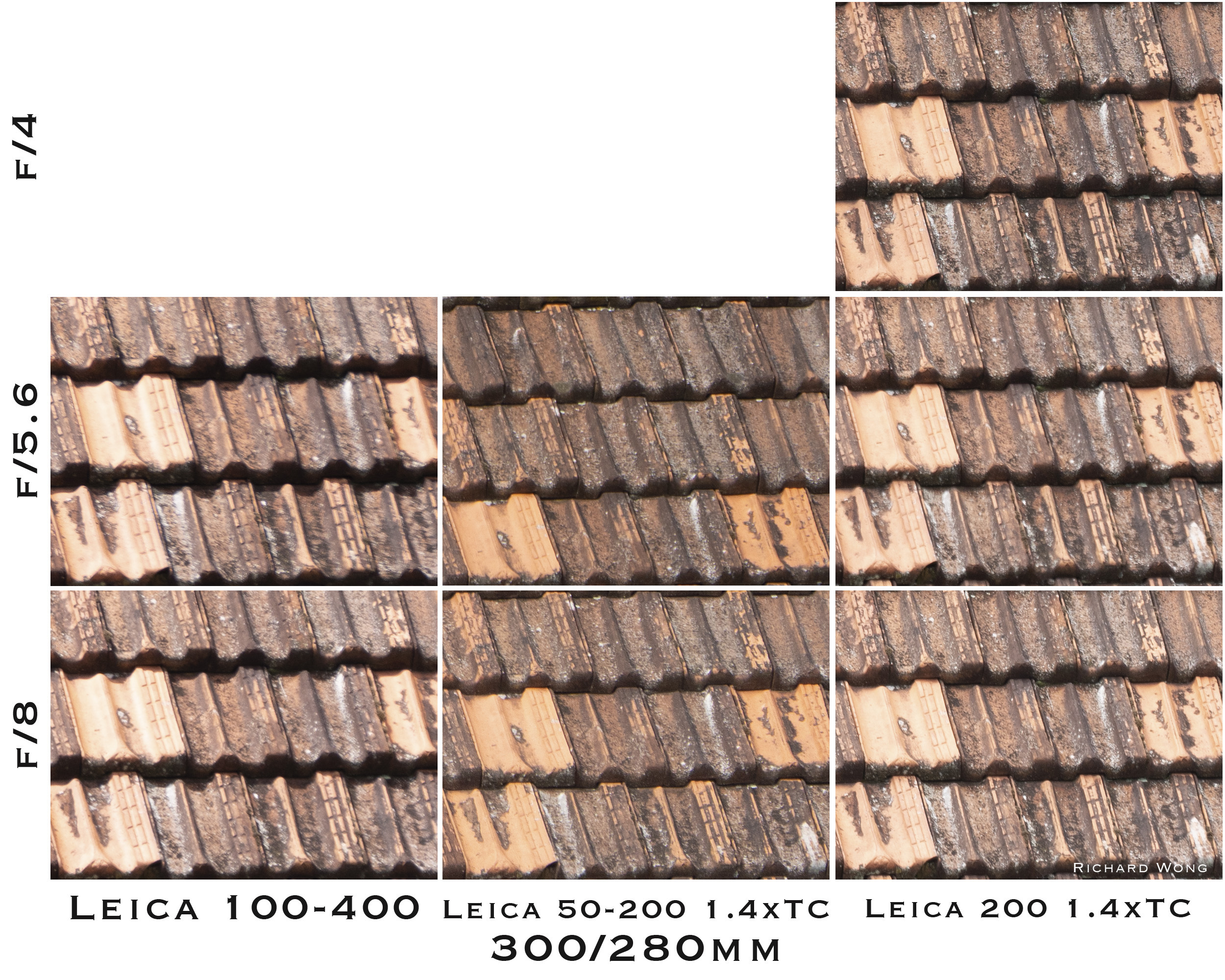
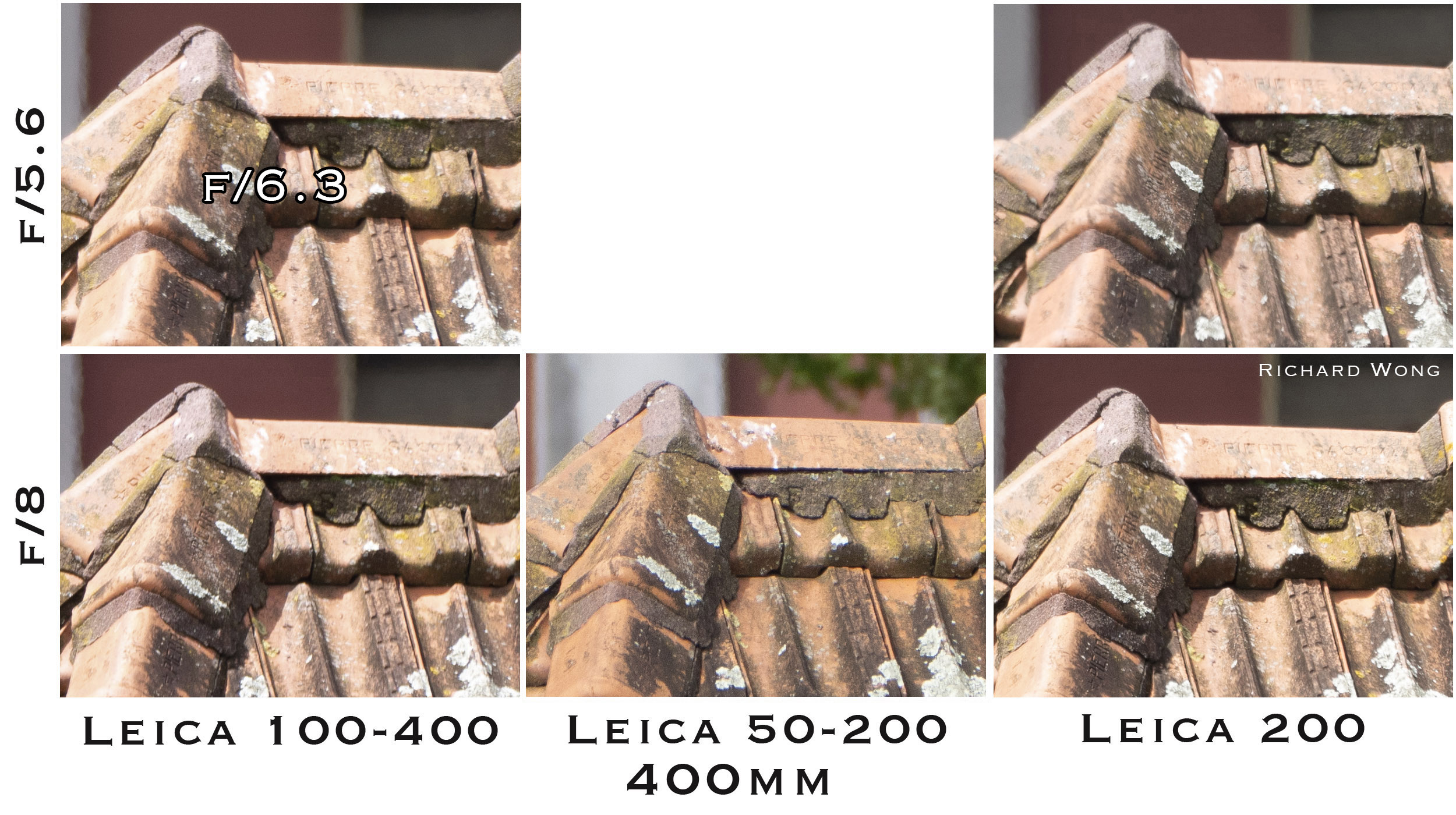
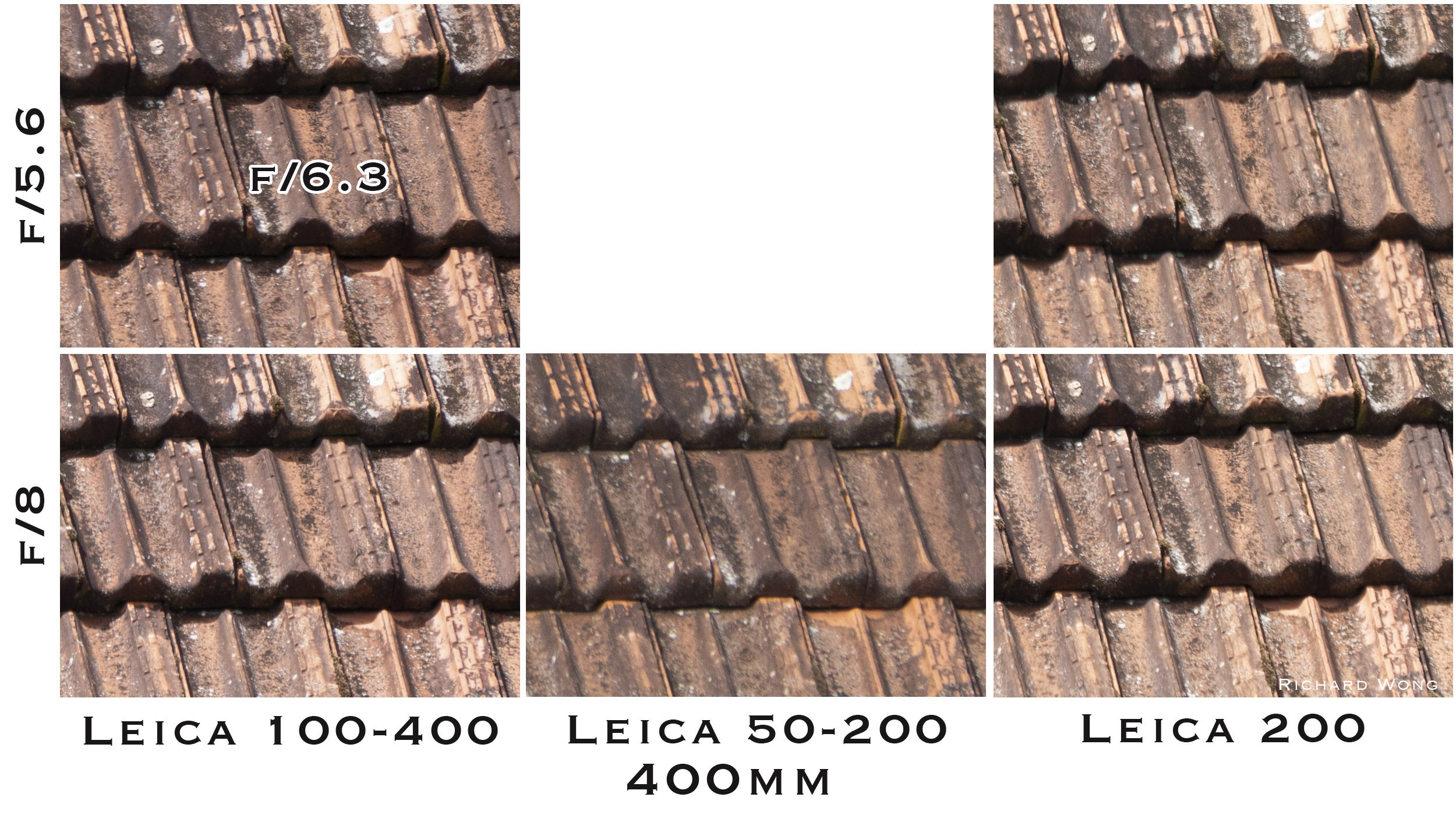
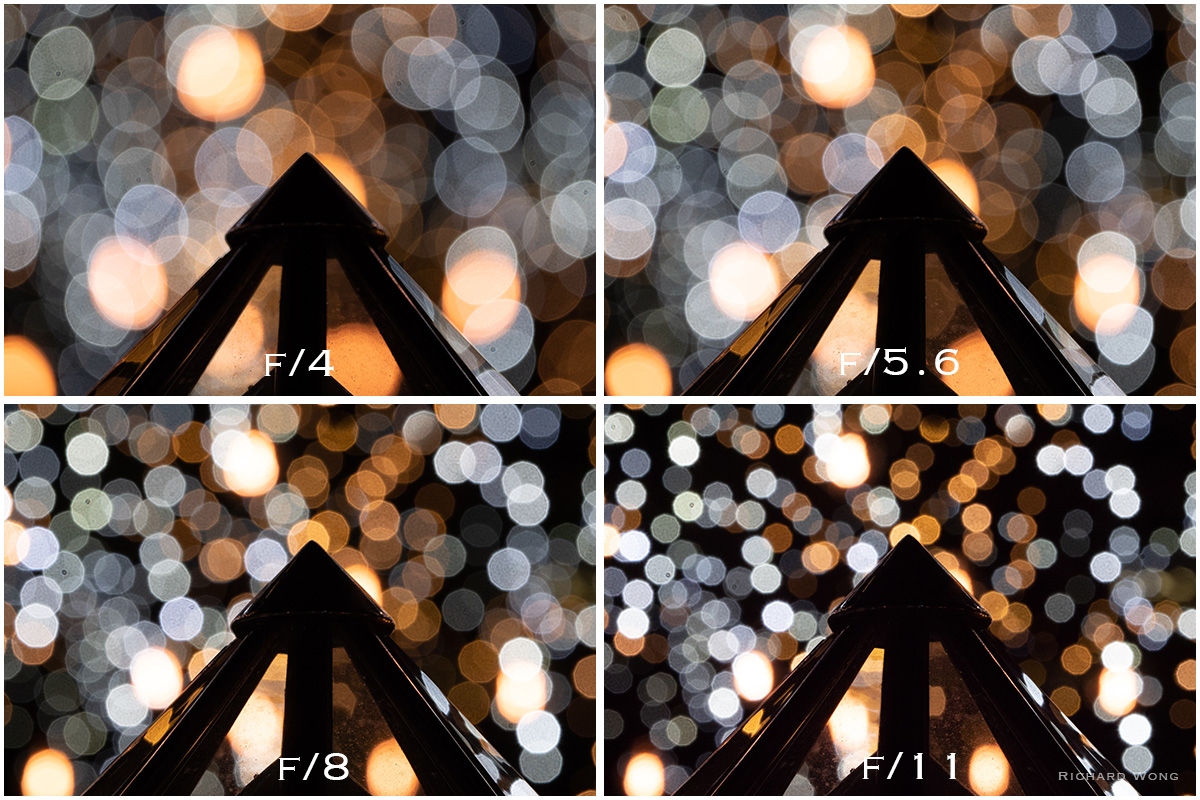

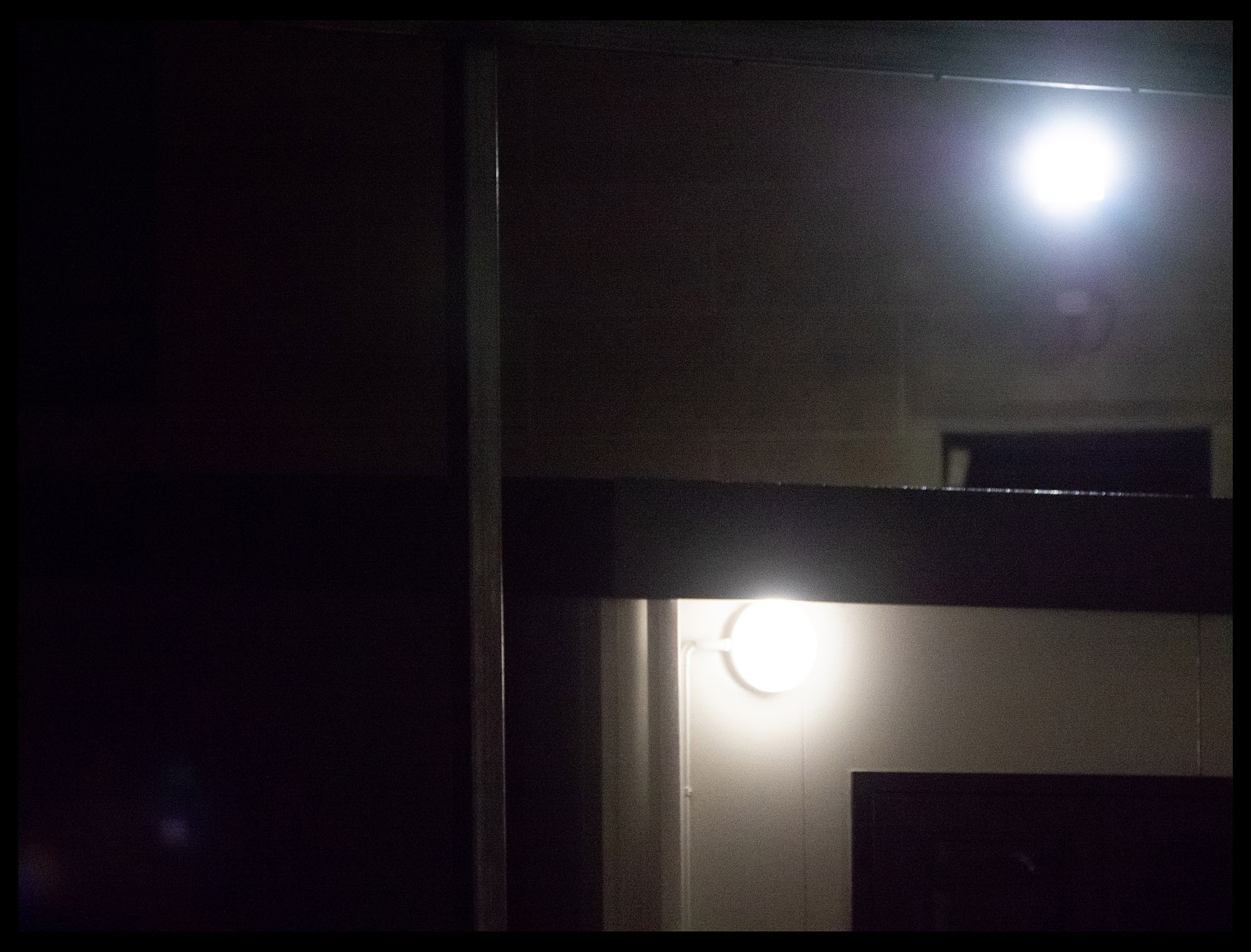

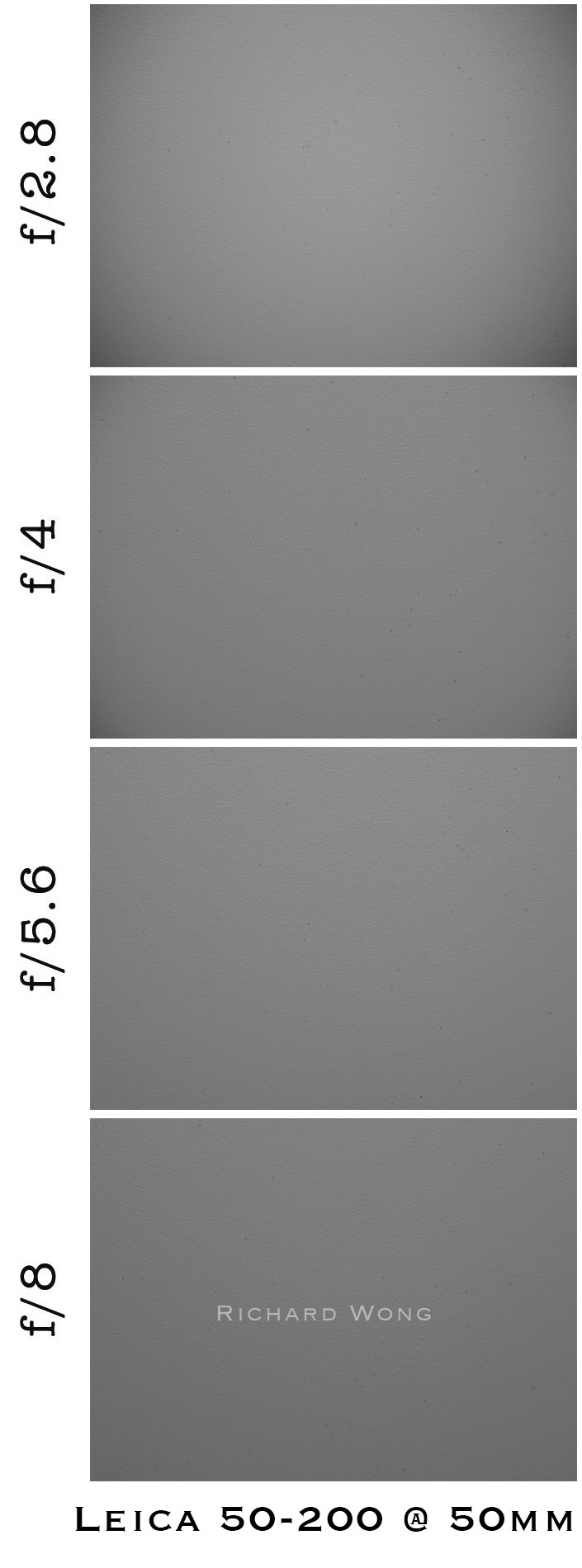
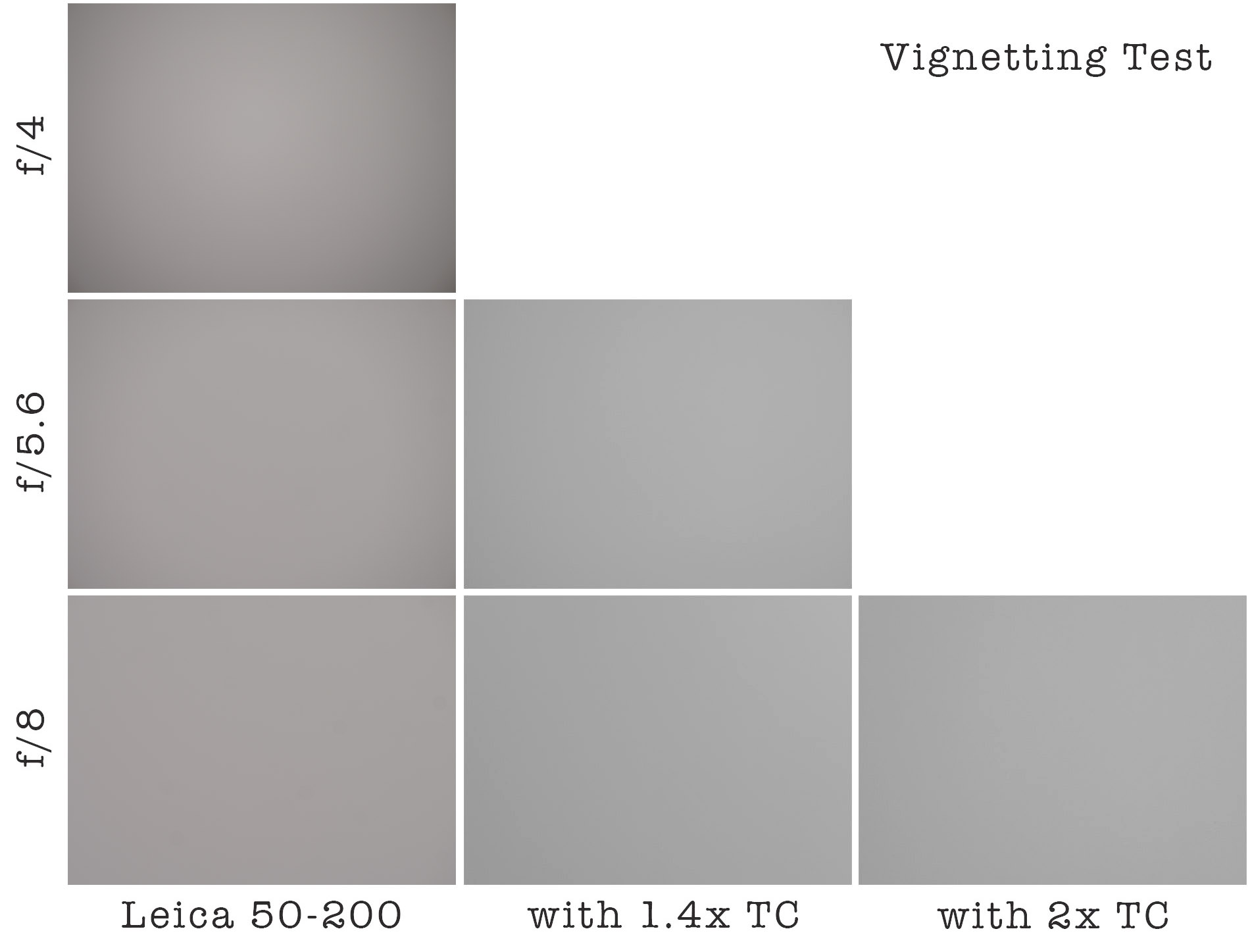
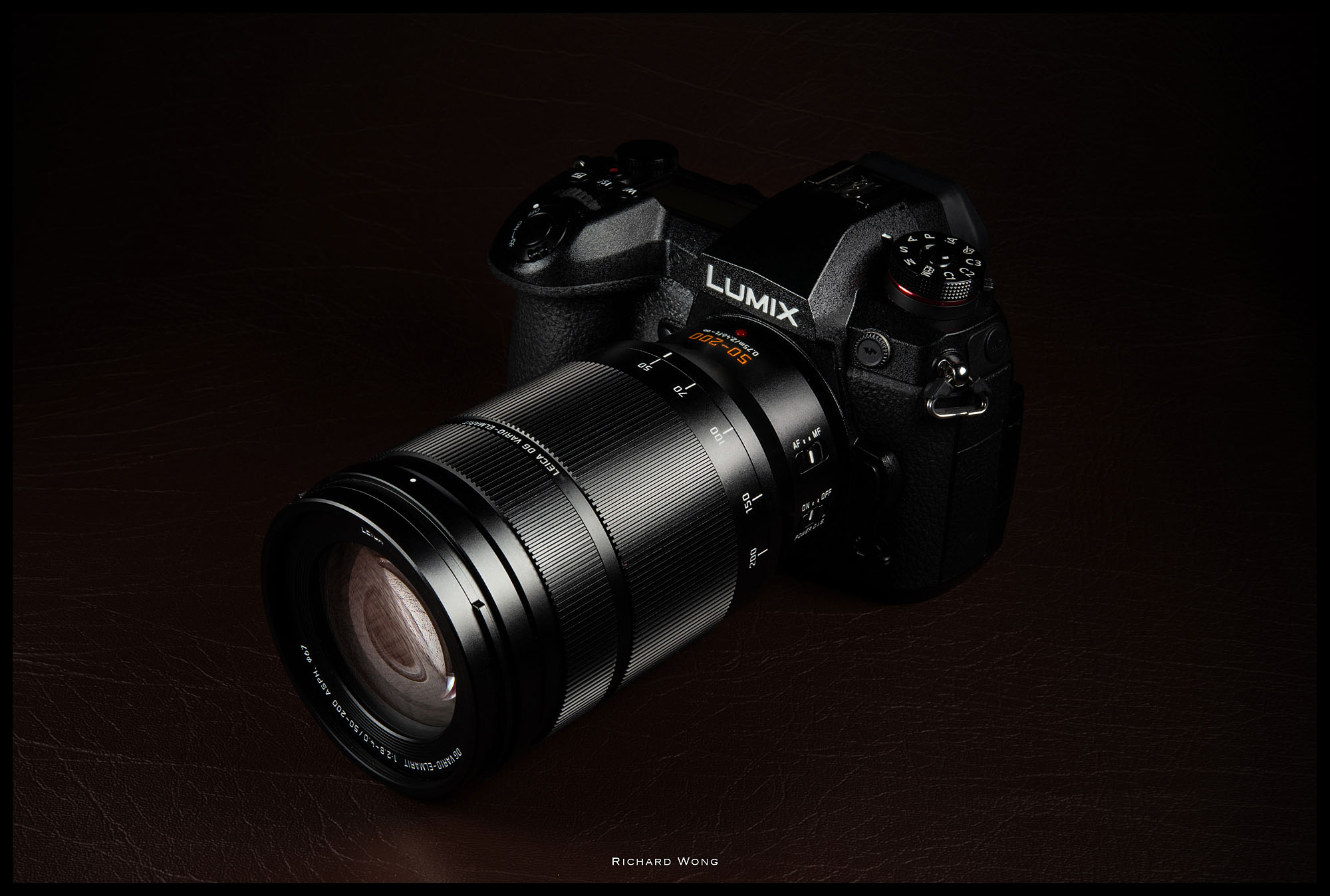
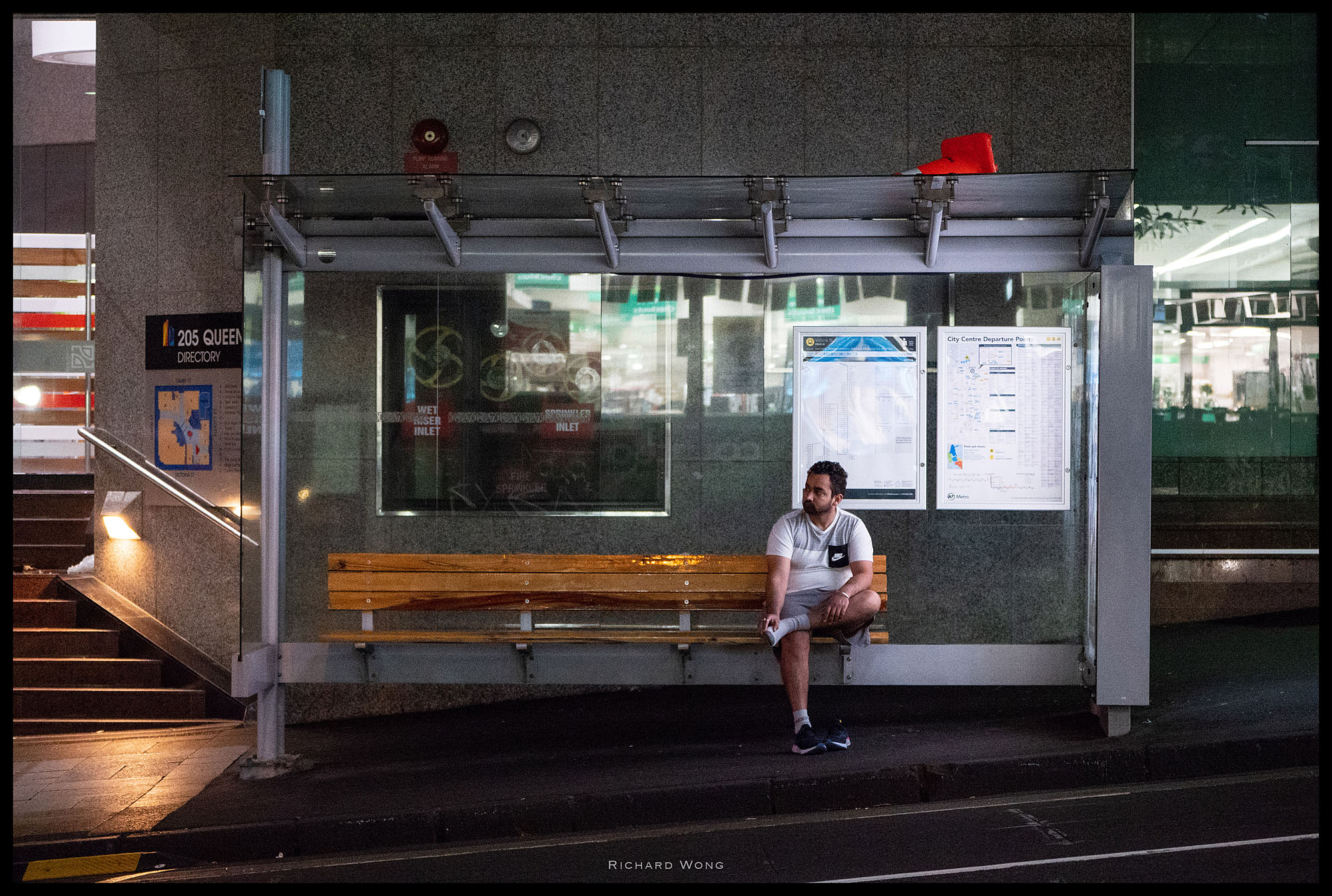
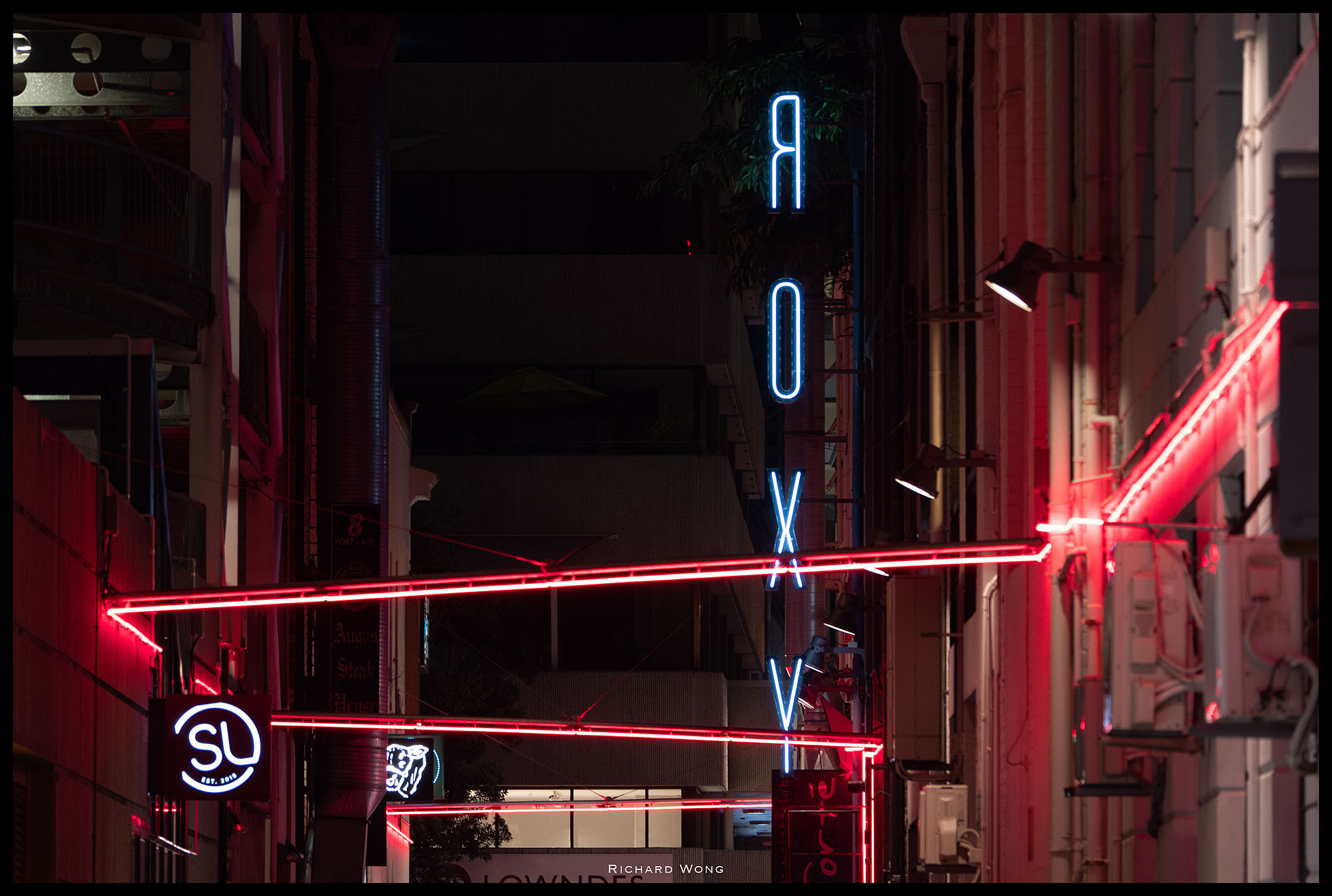
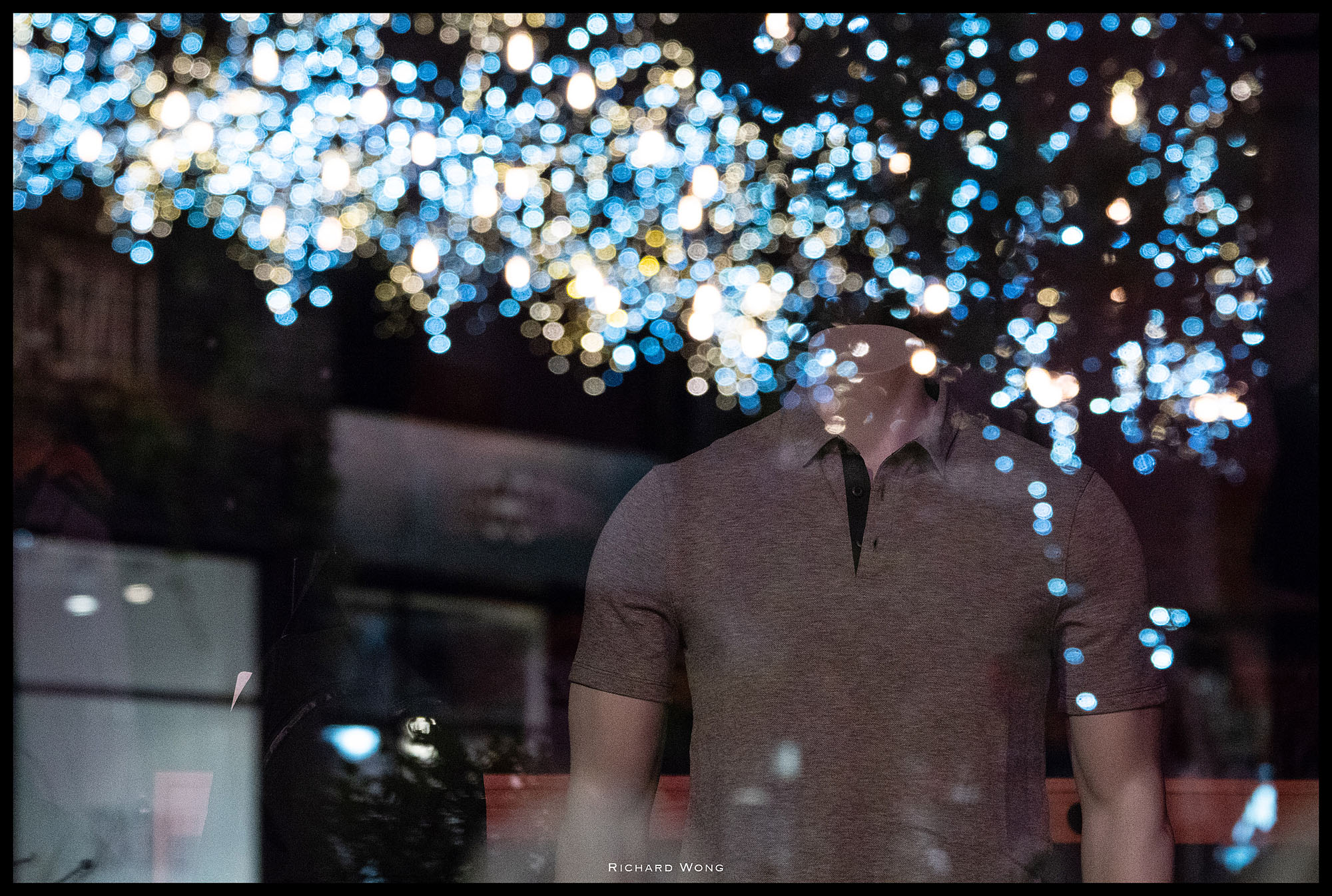
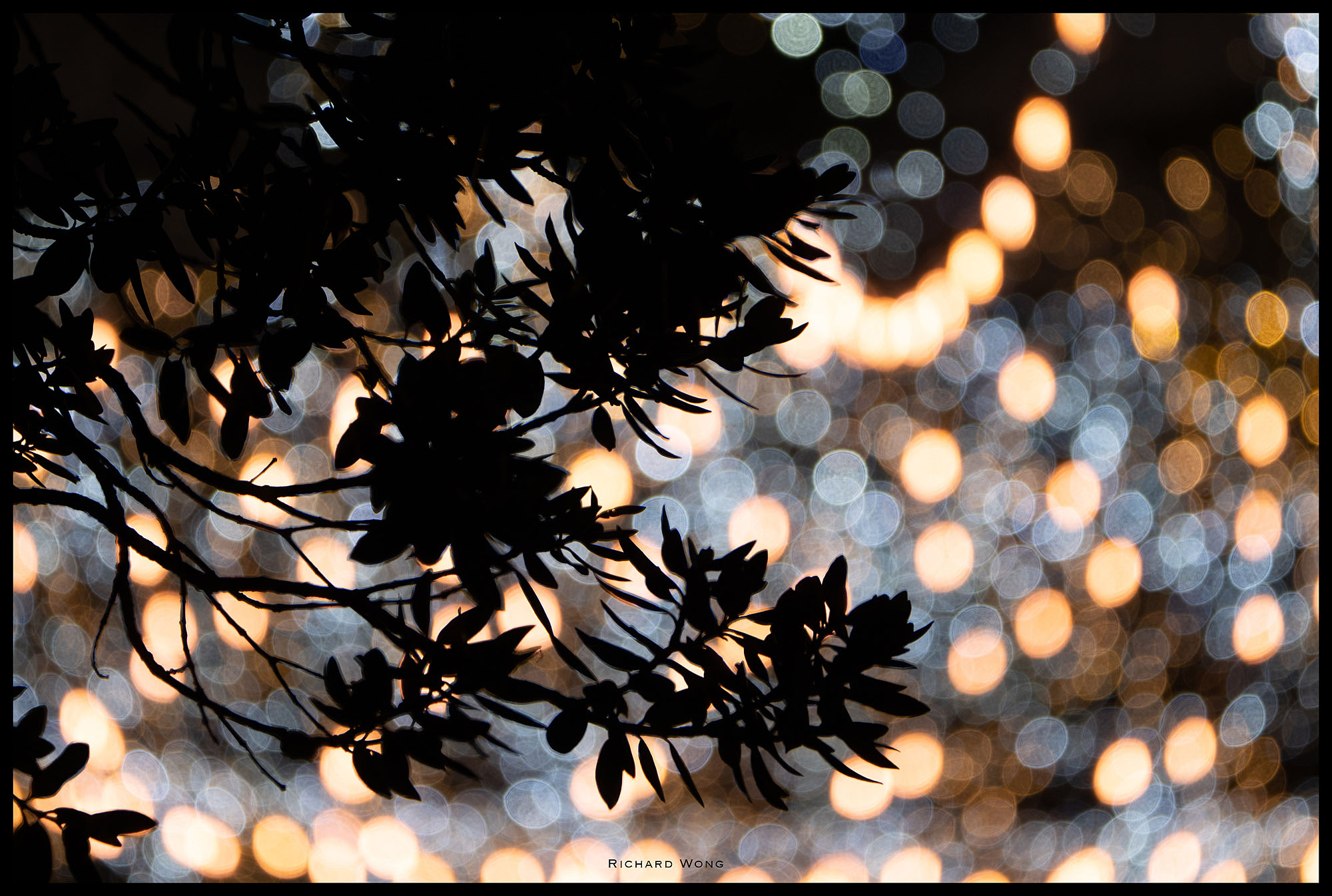
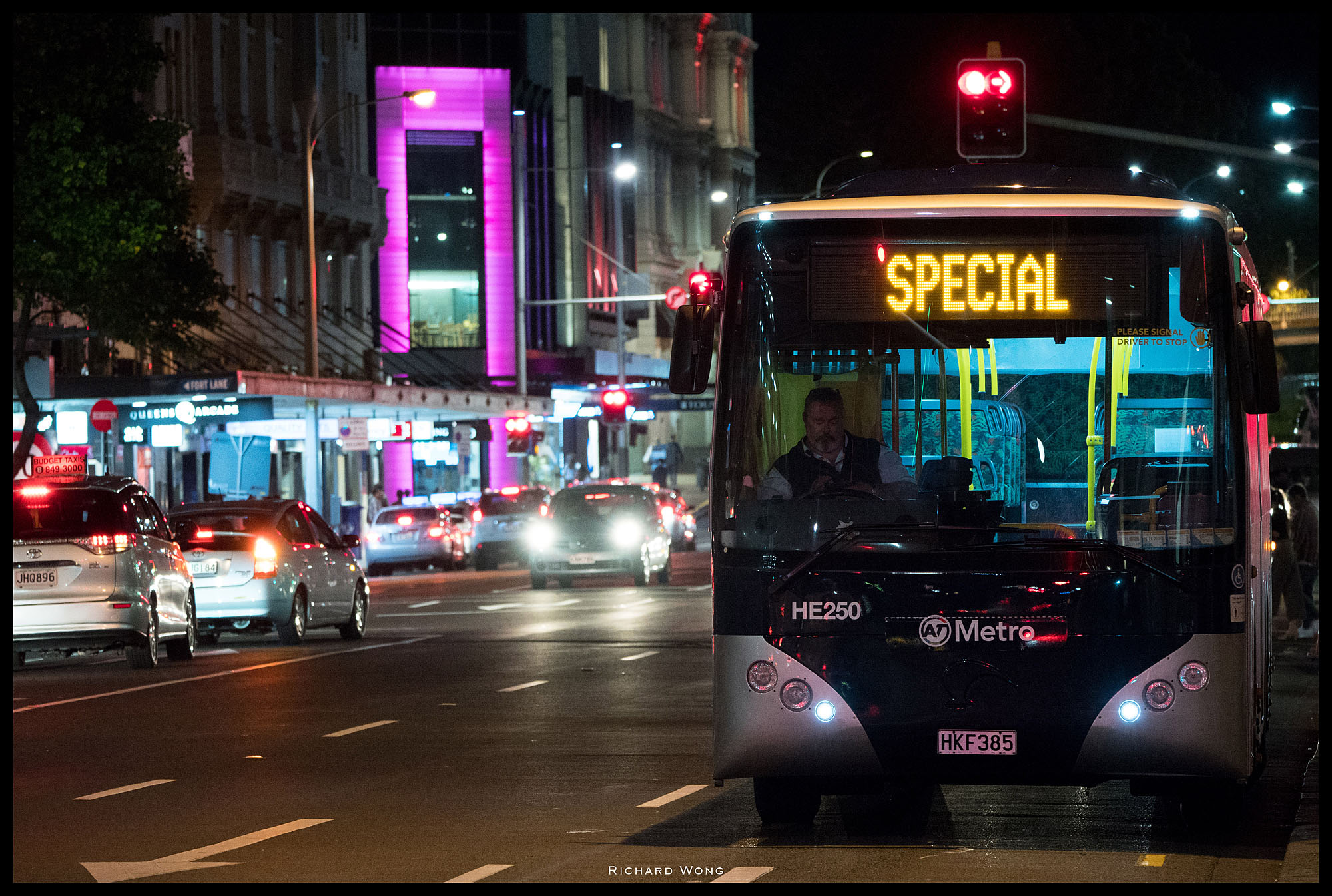

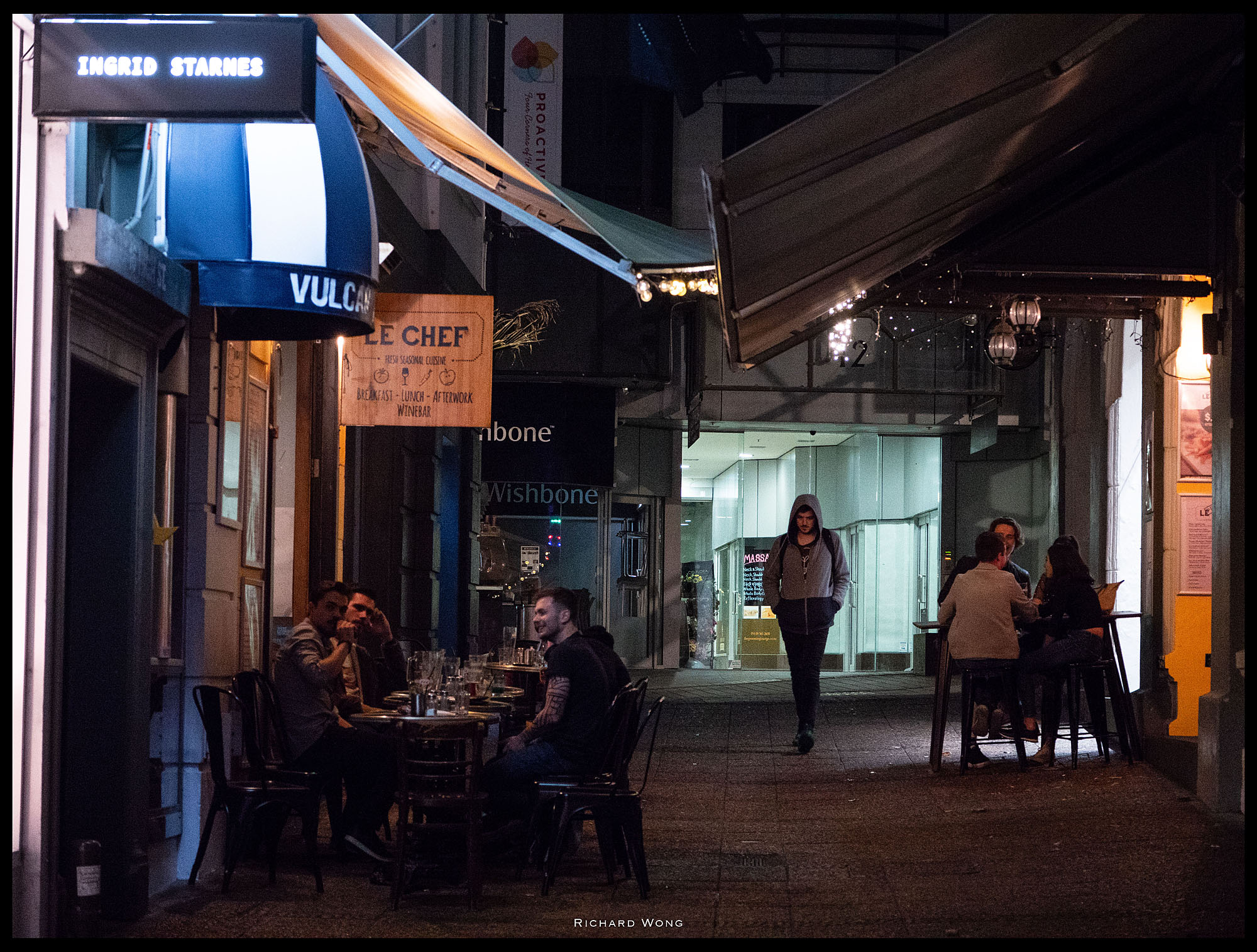
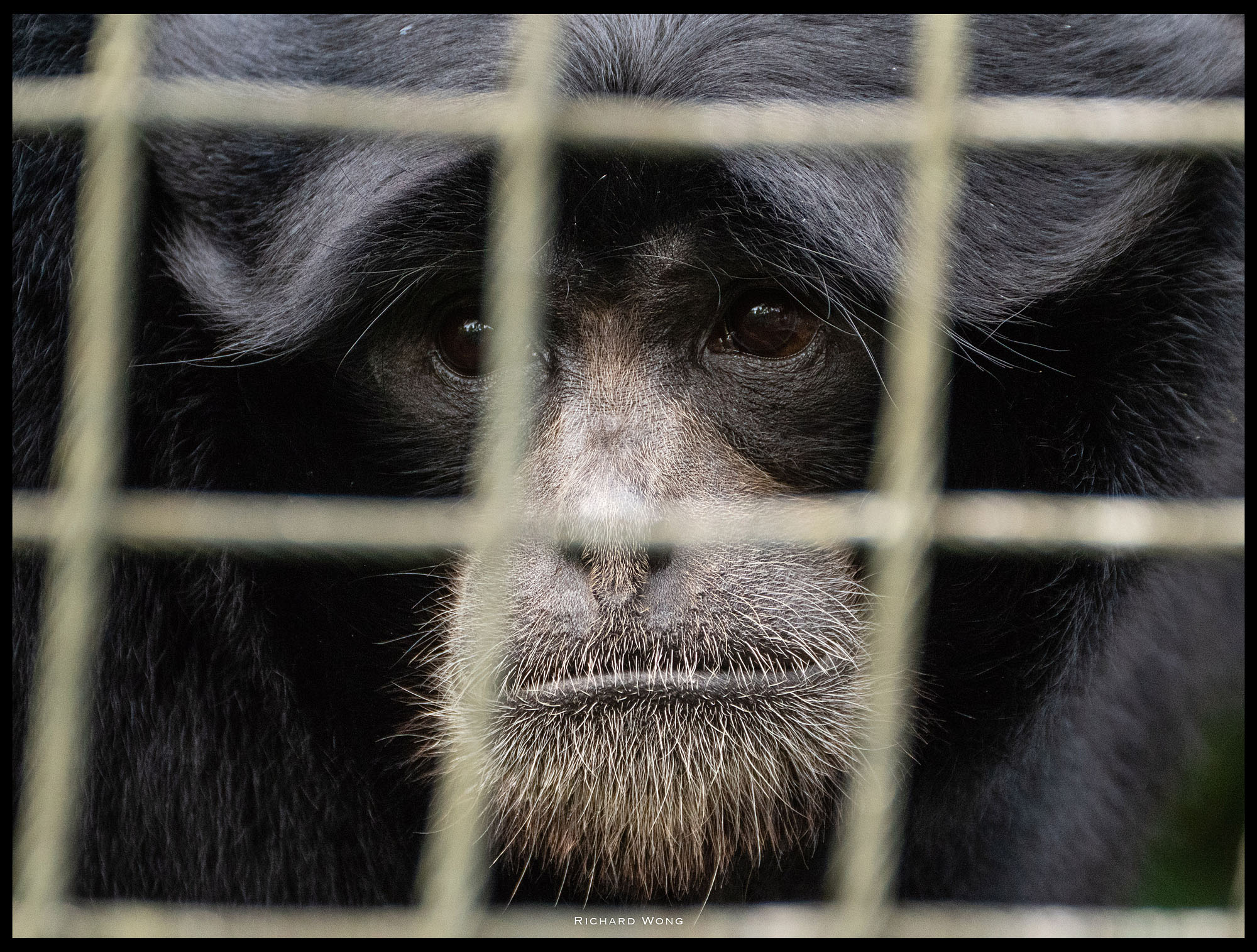
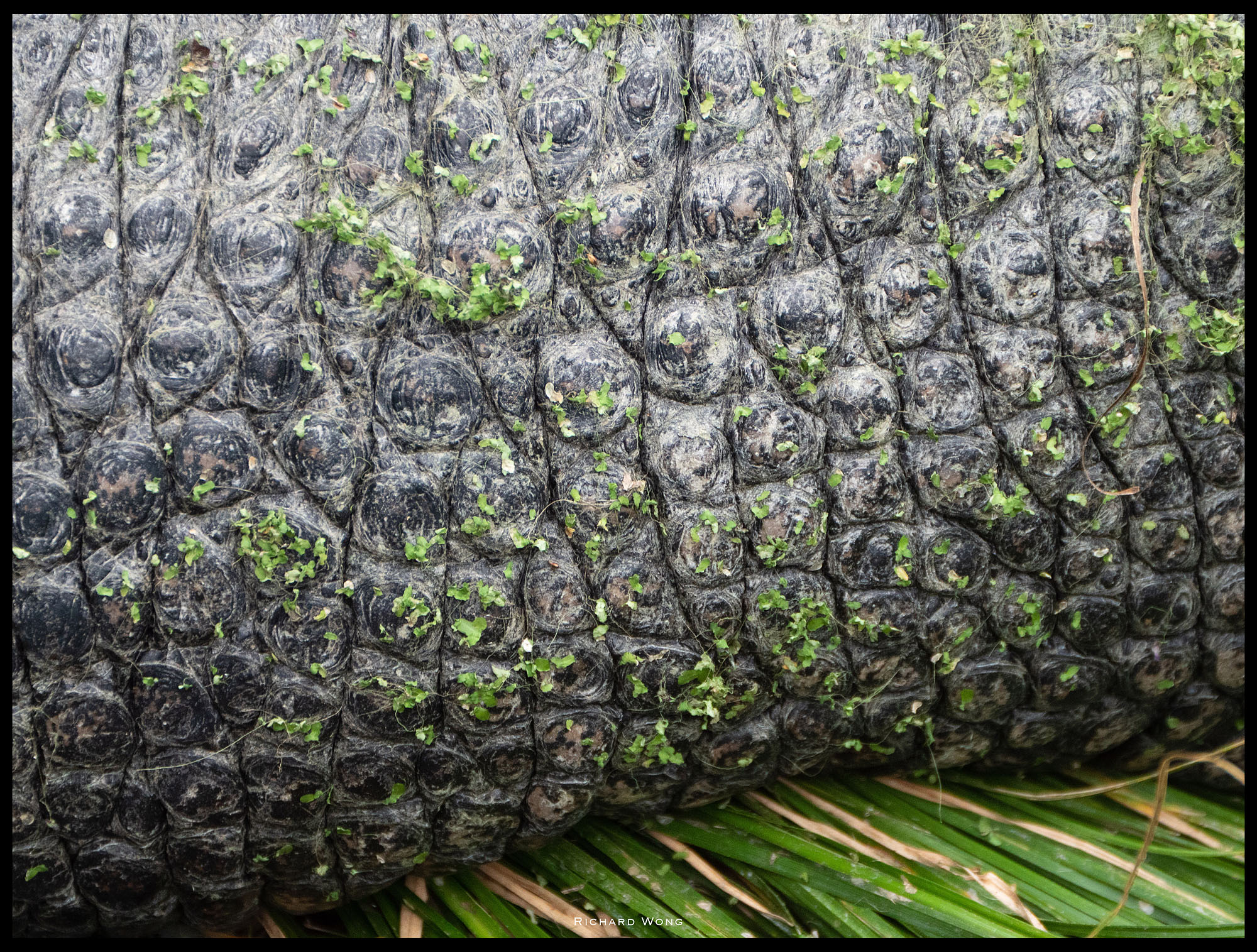
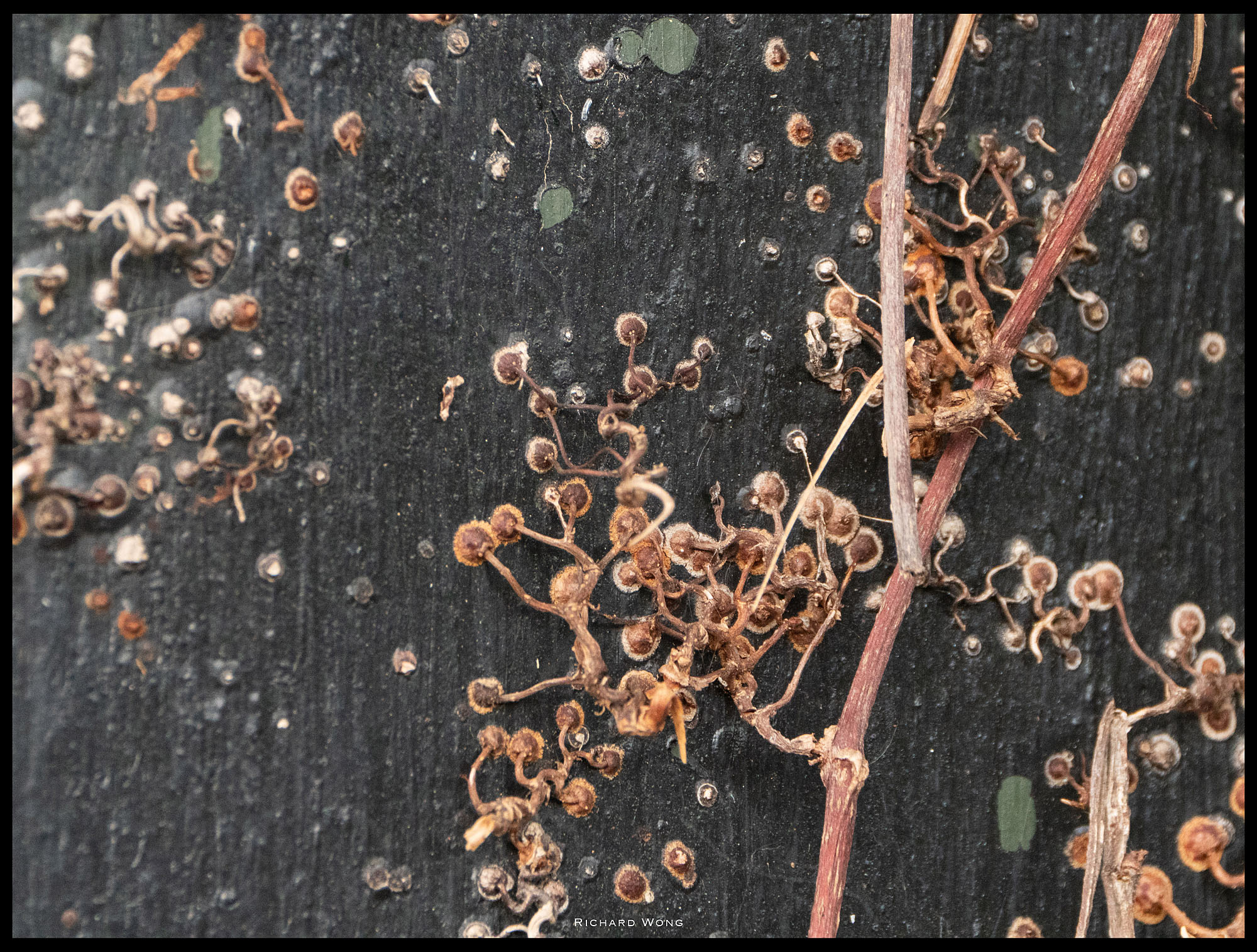
Comments are closed.